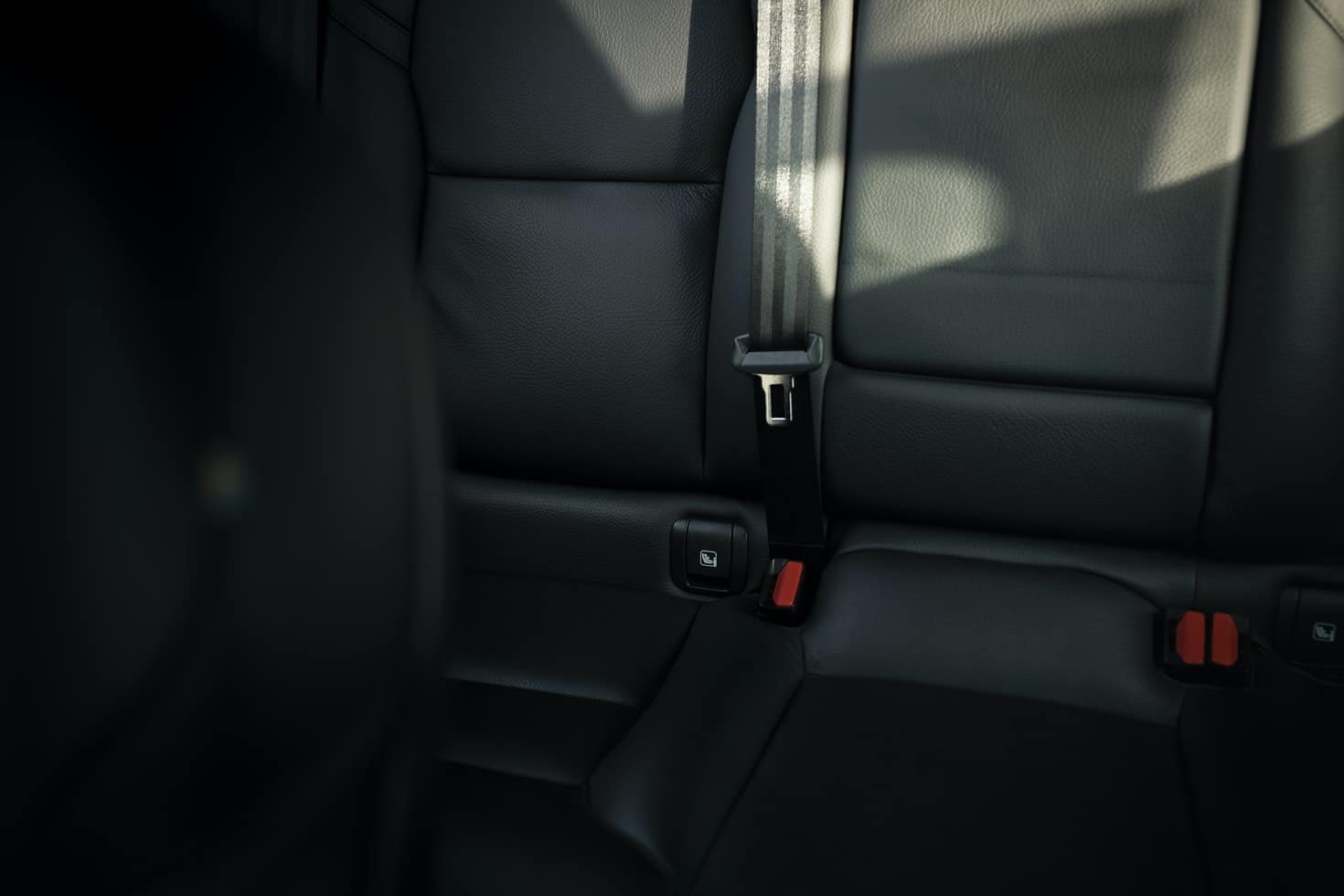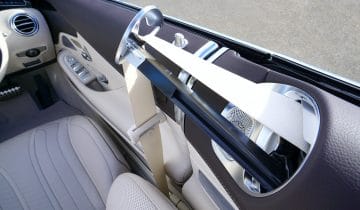Seatbelts are meant to protect occupants of a car from flying out of the automobile in the case of a collision, with the most prevalent seatbelts nowadays being the three-point and the lap-only variants. The three-point seatbelt, which incorporates an upper body strap and a shoulder belt, protects better than a lap-only belt. Less expensive three-point seatbelts for heavy trucks should be mandated.
Newer truck seatbelts have pretensioners. This function tightens the seatbelt when driving. This causes the pretensioner to activate. It quickly tightens the seatbelt. Avoid being hurled forward.
Also, during severe braking, the pretensioner may assist you in keeping your seat position and avoiding being flung forward. Less likelihood of an accident is one reason why these vehicles will be safer. It will also help you stay put if you crash.
Let’s explore three seatbelt functions in detail and how they save lives:
1. Extend and Retract
In an accident, you’d be restrained yet still in your seat, safe from side impacts but vulnerable to a rollover thanks to your seat belt. Besides this feature, seatbelts of today are built to be more advanced than before.
They are either retractable or feature an automatic locking buckle. Retractable belts stretch up to three feet and retract into a reel hidden in the seat cushion when not in use. Some lap belts even look like 1950s seatbelts but operate differently. These modern seat belts use a lever that secures the belt into position with its locking mechanism.
Modern shoulder harnesses are still a webbing loop, but they’re hooked to a metal D-ring on the seatback. Because the lap belt travels through this D-ring, it may be unbuckled without removing the shoulder harness. This makes fastening your seatbelt much easier.
2. The Pretensioner
The pretensioner was introduced in 1995 in the Jaguar XJS. It connects to the seatbelt retractor and keeps the belt tight around your body in an accident. Pretensioners now employ a pyrotechnic cord to retract the spool mechanism. This bar connects to the buckle and immediately yanks it away from your body.
3. Load Limiters
If you’re in a crash, you would rather have your body restrained by one of the largest restraints available — a load limiter. A load limiter is a part of a belt that can break, limiting the chance of it continuing to restrain you in a crash. When the pretensioner activates, it can only retract a piece of the seatbelt. So the load limiter is your only option to restrict your body.
Load limiters are typically part of the pretensioner bar or are connected to the retractor, and they break free at approximately 15 g of force. The typical crash yields 30 to 45 g. Seatbelts also have a retractor pre-tensioning device (RPTD) that triggers seconds before an accident. The RPTD’s pretensioning function maximizes seatbelt tension in an accident.
Conclusion
The restraint systems seatbelts today are far superior, yet many motorists still don’t use them. It’s a pressing topic because it involves health, money, and above all, safety. The bottom line is that seatbelts are designed to save your life, so use them every time you get behind the wheel.
Safety Restore specializes in airbag module and seat belt replacements. We also replace webbing and repair instrument clusters for your benefit. Allow us to repair your car with the advantage of getting a lifetime warranty for our service. Call us now!


